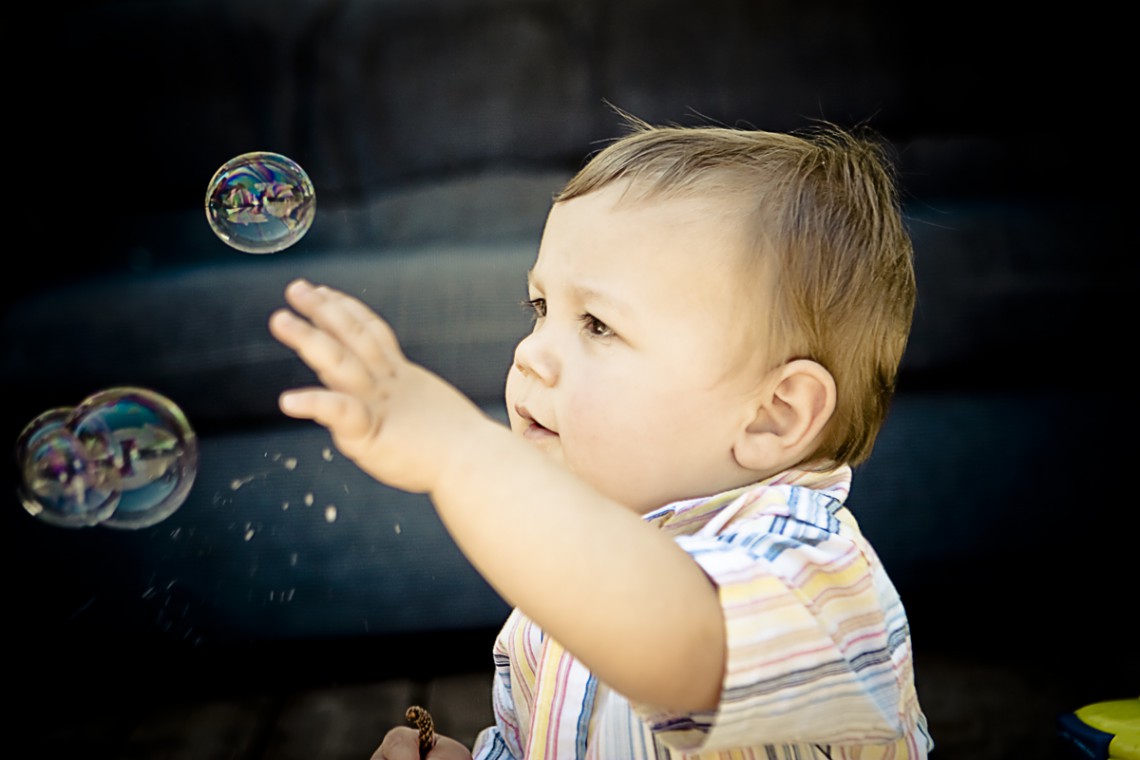Hand-eye coordination is an essential skill that allows us to perform everyday tasks such as writing, playing sports, and driving. As parents, we want our children to develop this skill as early as possible. But when exactly do babies develop hand-eye coordination? In this article, we will explore the answer to this question and provide tips on how to help your baby develop this skill.
Table of Contents
What is Hand Eye Coordination?
Hand-eye coordination is the ability to use our eyes to guide our hands in performing a specific task. This skill is developed in early childhood and is essential for everyday activities such as playing with toys, drawing, and writing. Hand-eye coordination involves the coordination of the eyes, brain, and muscles of the hands and arms.
When Do Babies Develop Hand Eye Coordination?
Babies begin to develop hand-eye coordination from as early as two months old. At this age, they will start to track objects with their eyes and reach for them with their hands. By the time they reach four months old, babies can usually reach for and grasp objects with ease. This is a crucial stage in their development as they learn to coordinate their eyes and hands to perform basic tasks.
As babies continue to grow and develop, their hand-eye coordination skills will become more refined. By six months old, babies can usually transfer objects from one hand to another and start to use their hands to explore their environment. By 12 months old, most babies can point to objects and use their hands to pick up small objects such as cereal.
How Can You Help Your Baby Develop Hand Eye Coordination?
As parents, we can play an essential role in helping our babies develop their hand-eye coordination skills. Here are some tips on how to do this:
1. Provide Visual Stimulation
Babies develop hand-eye coordination by tracking objects with their eyes and using their hands to reach for them. Provide your baby with visual stimulation by hanging a mobile above their crib or placing toys within their reach. This will encourage them to track objects with their eyes and reach for them with their hands.
2. Encourage Crawling and Walking
Crawling and walking are essential for developing hand-eye coordination. Encourage your baby to crawl by placing toys just out of reach. This will encourage them to reach for the toys and develop their hand-eye coordination skills. Once they start walking, provide them with objects to carry, such as a small ball or block.
3. Play with Toys That Require Hand Eye Coordination
Playing with toys that require hand-eye coordination such as blocks, puzzles, and shape sorters can help develop this skill. These toys require babies to use their eyes to guide their hands in performing a specific task.
4. Practice Grasping and Releasing Objects
Practice grasping and releasing objects with your baby. Provide them with objects of different shapes and sizes and encourage them to pick them up and release them. This will help them develop their hand-eye coordination skills and finger dexterity.
Frequently Asked Questions
 Source: bing.com
Source: bing.com1. Can hand-eye coordination be improved?
Yes, hand-eye coordination can be improved with practice. Encourage your child to engage in activities that require hand-eye coordination such as sports, drawing, and playing with toys.
2. What are the signs that my baby has good hand-eye coordination?
A baby with good hand-eye coordination will be able to track objects with their eyes and reach for them with their hands. They will also be able to transfer objects from one hand to another and explore their environment with their hands.
3. What are the benefits of good hand-eye coordination?
Good hand-eye coordination is essential for everyday activities such as playing sports, writing, and driving. It also helps to improve fine motor skills and cognitive development.
4. When should I be concerned about my baby’s hand-eye coordination?
If your baby is not reaching for objects or seems to have difficulty with basic tasks such as grasping objects, you should consult with your pediatrician.
5. What are some activities that can help improve hand-eye coordination in older children?
Activities that can help improve hand-eye coordination in older children include playing sports, drawing, and playing with construction toys such as Legos and K’NEX.
In conclusion, hand-eye coordination is an essential skill that is developed in early childhood. By providing your baby with visual stimulation, encouraging crawling and walking, playing with toys that require hand-eye coordination, and practicing grasping and releasing objects, you can help your baby develop this skill. Remember, hand-eye coordination can be improved with practice, so continue to encourage your child to engage in activities that require this skill.
